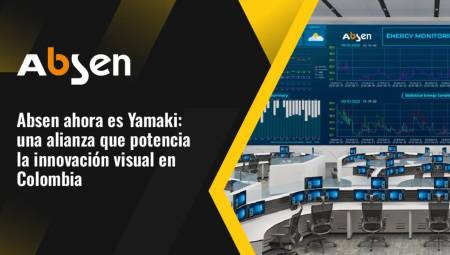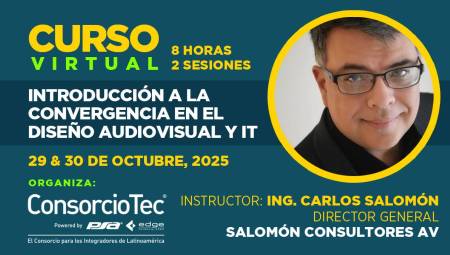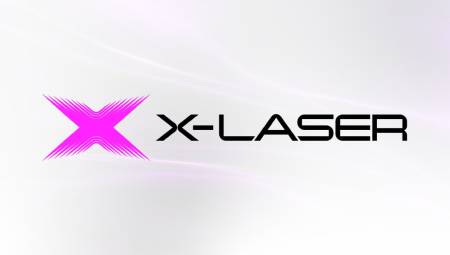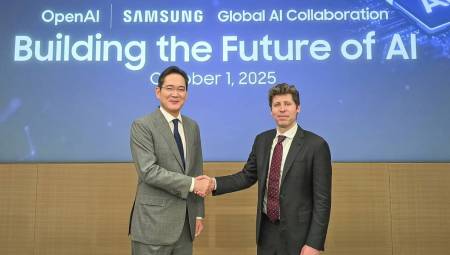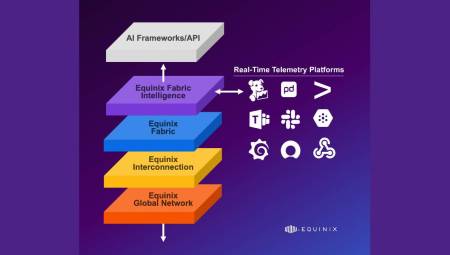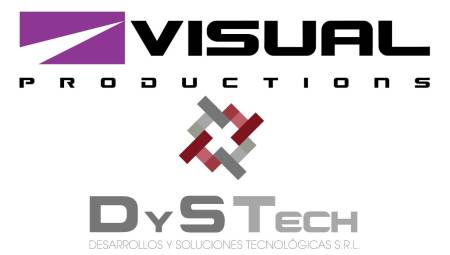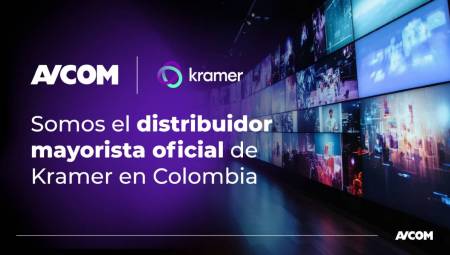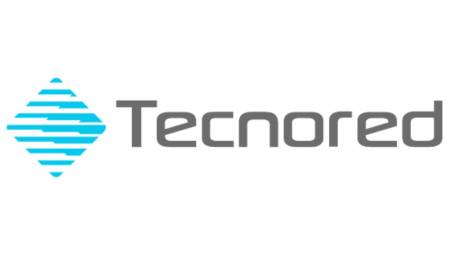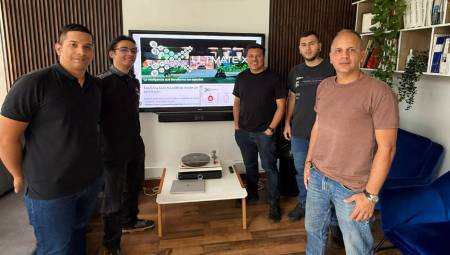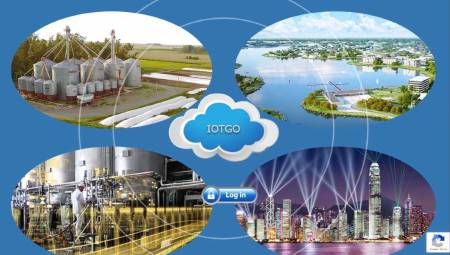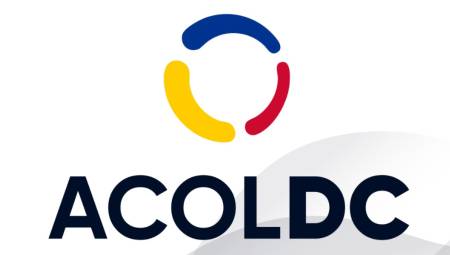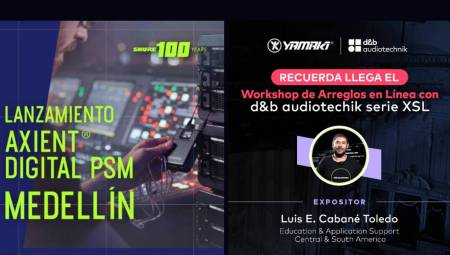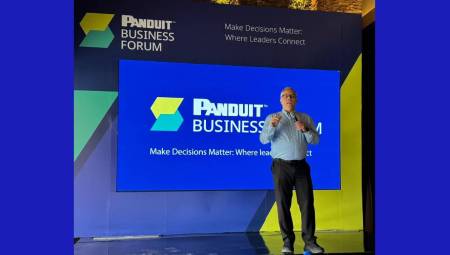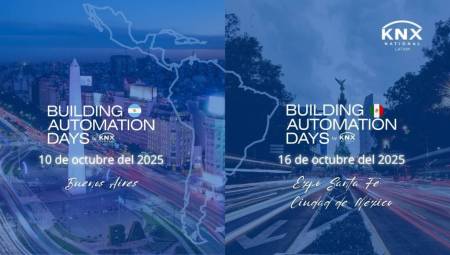 Latin America. Much has been said about enterprise digital transformation, its impact on productivity, and how it enables companies to stay current and competitive. However, as is often the case in the technological environment, concepts, realities and trends change, rethinking themselves over time.
Latin America. Much has been said about enterprise digital transformation, its impact on productivity, and how it enables companies to stay current and competitive. However, as is often the case in the technological environment, concepts, realities and trends change, rethinking themselves over time.
Thinking about this and to clarify the panorama about how, when and why organizations should enter the technological world in a structured way, the Colombian company One-Click, focused on accompanying companies of all sizes in their digital transformation, presents some myths and truths about the successful implementation of digital architectures, which will serve to clear many doubts that today's entrepreneurs have:
1. The Digital Transformation process is only in charge of the systems department: MYTH. This mistake is very common, because they are technological implementations, it is believed that only the IT area should take care of them. To guarantee the effectiveness of these processes, it must be very clear that they are transversal to all areas of the organization.
2. It is necessary only for large companies: MYTH. From sole proprietorships, to multinationals, they must be oriented to the technological world, since it covers not only a growing universe of customers but also the tools to make processes easier and faster. For that, Microservices are the ace up their sleeve since they allow the company to enter the IT environment in a gradual way but without affecting its day-to-day operations. A small business that refuses to undertake its digital transformation is also refusing to grow.
3. The main barrier to its implementation is not technology: TRUTH. While these processes focus entirely on the IT environment, the biggest obstacle to carrying them out is cultural. Believing that "I do not need it" or that "it does not apply to my business sector" closes the doors to progress and slows down the operation within the company.
4. It can be developed in companies of all sectors: TRUTH. Clearly sectors such as finance, communications or education are conducive to a digital transformation; however, in all types of businesses it is important to be aligned with technology, to understand the market, better glimpse your roadmap and make processes more profitable.
5. There is a single Digital Transformation model: MYTH. Each company has different processes, objectives and risk control; that is why it must be advised by companies that make a previous inquiry and understand the organization, making a continuous accompaniment during the development of the business architecture – which adapts to the specific needs – and throughout the implementation.







































